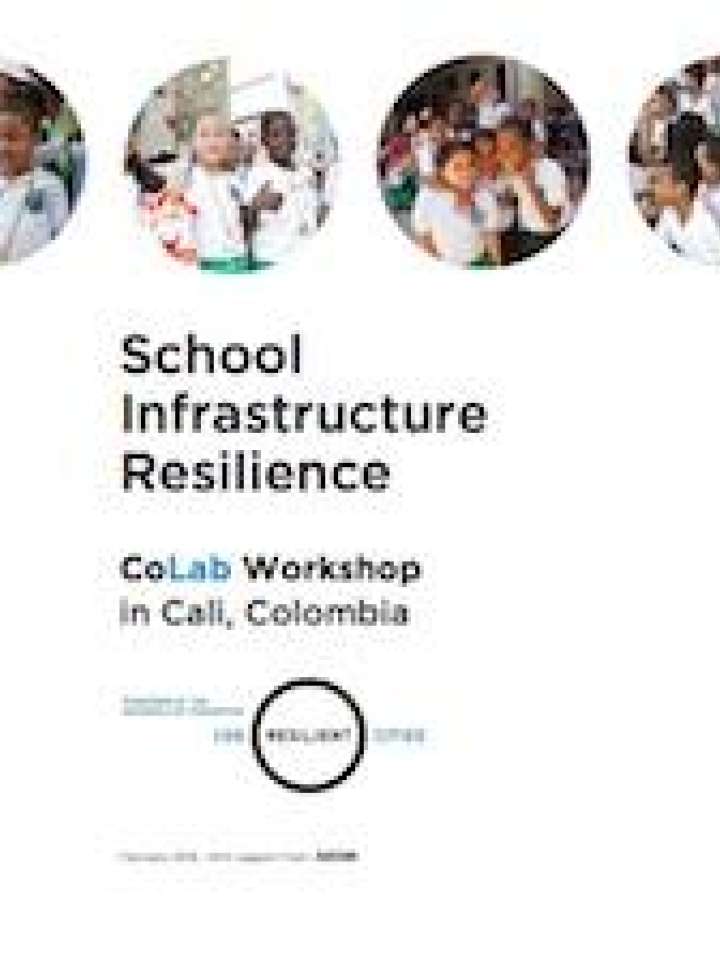School infrastructure resilience
This report addresses educational infrastructure and the global issue of it being underfunded and overexteded. Schools are more vulnerable to natural hazards than other building types, not only putting children at significant risk, but also reducing the quality of education and limiting opportunities for economic and social growth and other community benefits. Furthermore, in the wake of natural disasters, despite best intentions to build back better, the opportunity to leverage investment in the reconstruction of schools has in some cases been lost due to lack of advance preparation and capacity for recovery and reconstruction.
This report identifies recommendations and develops solutions that both reduce school vulnerability and create opportunities for economic, social and environmental benefits which further support and incentivize investment in risk reduction. It uses the city of Cali, Colombia, a city which is making a major investment in building the resilience of its school infrastructure, as a practical first application of the effort.
